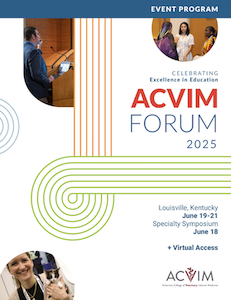Neurology
In Person Only
SOTA: Reproducibility Quagmire in Preclinical Research: Taxonomy and Dogmatic Impediments to Translation
Friday, June 20, 2025
8:00 AM - 9:00 AM ET
Location: KICC M111
CE: 1.0 Medical
.jpg)
Alexander G. Rabchevsky, PhD
Professor of Physiology
University of Kentucky
Lexington, Kentucky, United States
SOTA Speaker(s)
Disclosure(s):
Alexander G. Rabchevsky, PhD: No financial relationships to disclose
Publishing scientific reports in the field of spinal cord injury (SCI) research, notably in high impact journals has continually lacked reproducibility and the research investments have failed funders tremendously, and ultimately not delivered effective therapies to the very constituents it is aimed to help. The field is deluged with unimpactful research findings that are hyped up with the publishers' allowance. Furthermore, impediments to clinical translation are based on existing funding mechanisms for often-disparate incentives of the various 'silos of investors' in the quest for the cure (i.e., industry, regulators, academic researchers and administrations, hospitals, patients care, patients, etc.). It is now more than incumbent to recognize that to ‘fix’ cyclical scientific medical shortcomings, then academic research scientists and their institutional administrators, journals and their editors, both federal and private funders, and all regulatory tiers must each be held to higher standards of integrity without impunity. Only then can we manifest meaningful rigor and reproducibility, which may require more severe consequences for principal violations at all levels to impede the vicious cycle keeping meaningful translation in the valley of death.
Learning Objectives:
- Understand how publishing scientific reports in the field of spinal cord injury research in high impact journals often lacks reproducibility such that meaningful research has failed funders tremendously, and ultimately misguided the very constituents it is aimed to help.
- List impediments to translation based on existing funding mechanisms/sources and often-disparate incentives for various silos of investors in the quest for the cure (i.e., industry, regulators, hospitals, academic administrations, patients being care for, etc.).
- Recognize that to ‘fix’ cyclical scientific shortcomings, scientists, center directors, journals/editors, federal and private funders, and all regulatory tiers must be held to higher standards to ensure rigor and reproducibility, with more severe consequences for principal violations.


